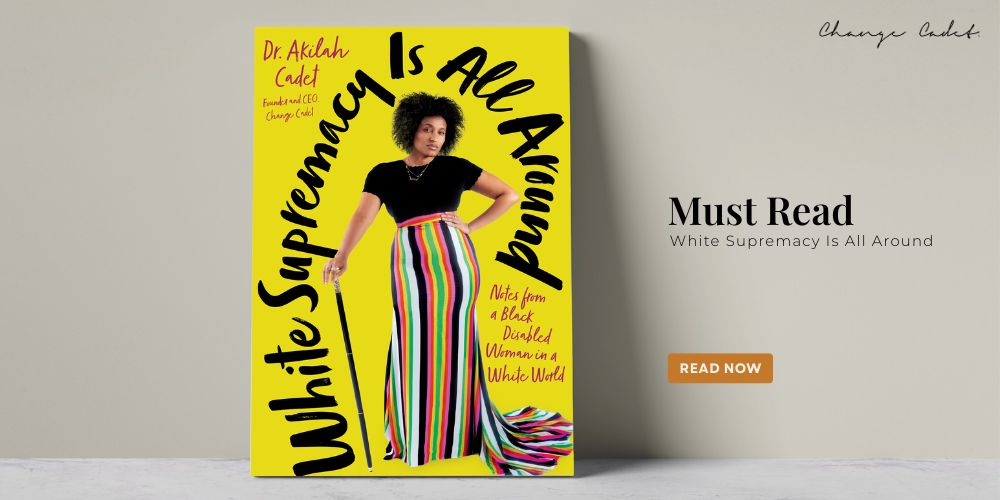No products in the cart.


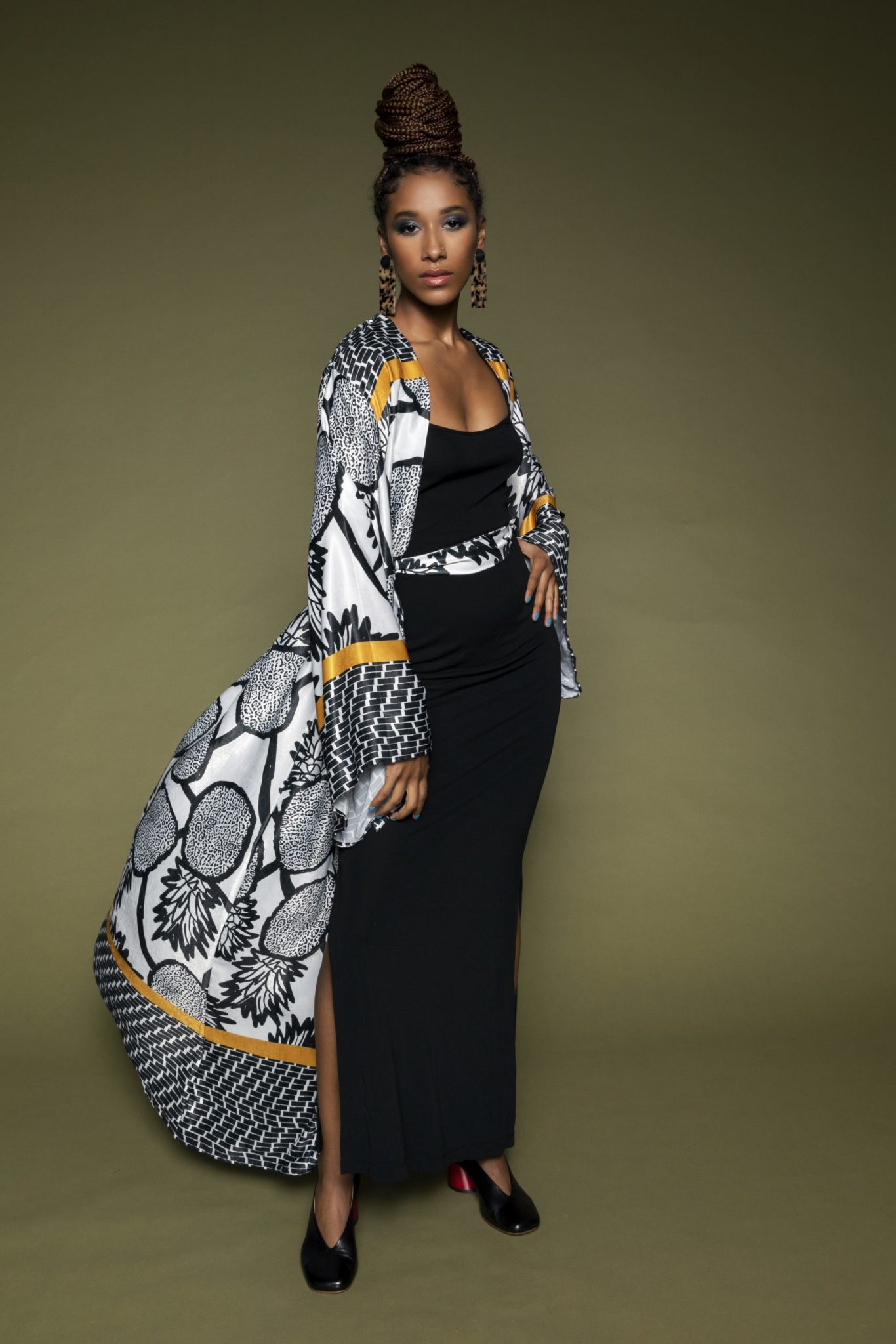
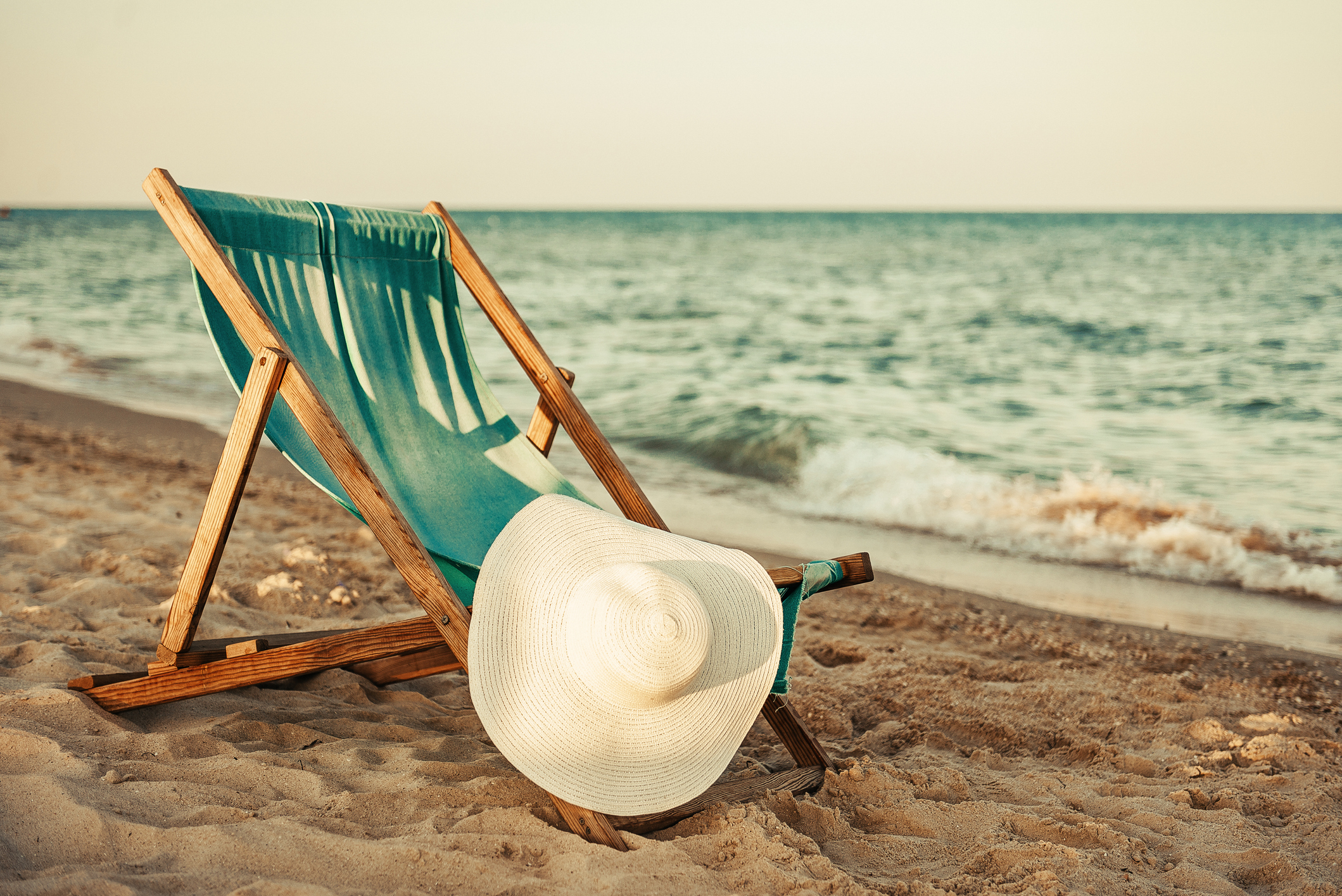




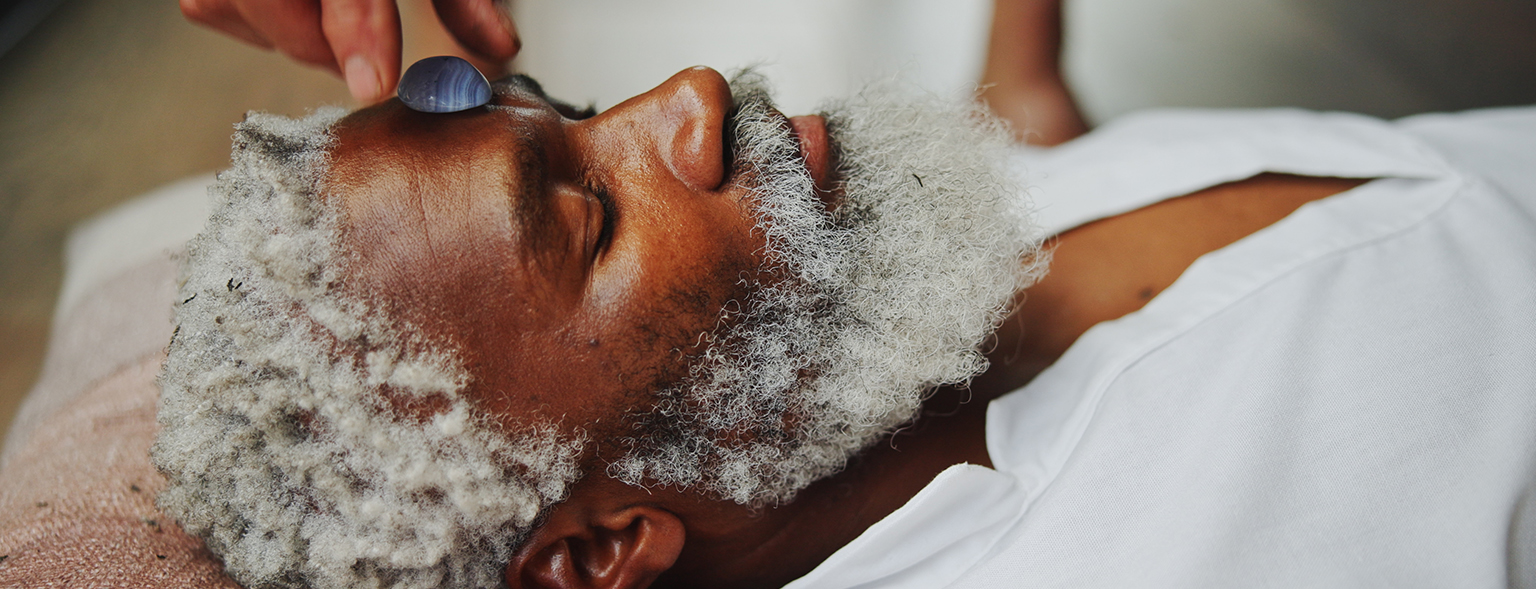
Angelique Redwood
Before the read
It is the passing of ancestral wisdom that shapes today’s approaches to wellness.
From root doctors to yoga, cultural traditions continue to guide healthier living.
Because it connects the past with solutions for today’s health challenges.
Before the read
It is the passing of ancestral wisdom that shapes today’s approaches to wellness.
From root doctors to yoga, cultural traditions continue to guide healthier living.
Because it connects the past with solutions for today’s health challenges.
When you think of health and wellness, what comes to mind? Ambulance sirens, beeping EKG machines, and pens signing off for insurance companies? Things like hospital beds and needles at the ready can make health seem scary, but those things are a far cry from our first ideas of general health and wellness.
Peeking behind the curtain of history—Black history, specifically—health looks like native plants and wooden crosses. Black health is singing, dancing, prayer, and rice and beans. For the Black community, generational healing is a form of resilience and a living, breathing action allowing us to survive and thrive.
It all started at the beginning when humans were still living hand in hand with the natural world. Back then, people treated illnesses with natural plant and animal extracts. Then, when the slave trade began, our unique, intuitive healing methods started spreading globally.
From Africa to the Americas, Europe to the Caribbean, natural forms of healing were at the core of the now-dispersed Black community. For those communities, wellness meant more than just physical health. Steven Feierman states, “Early modern Caribbean residents understood health and illness in a social context, one that intermingled claims of power over bodies, social groups, nature, and the spiritual world.”

As both a source of pride and a cry for justice, health quickly became a personal fight for Black people as colonialism and the slave trade continued. “Because enslaved Africans were not viewed as humans, they were not expected to receive the same health care,” says Todd L. Savitt in Medicine and Slavery (1978). Stephanie Y. Mitchem adds to this thought, stating, “Health care became a site of struggle for Black people to maintain positive views of their own bodies in the face of negative views of the European American society.”
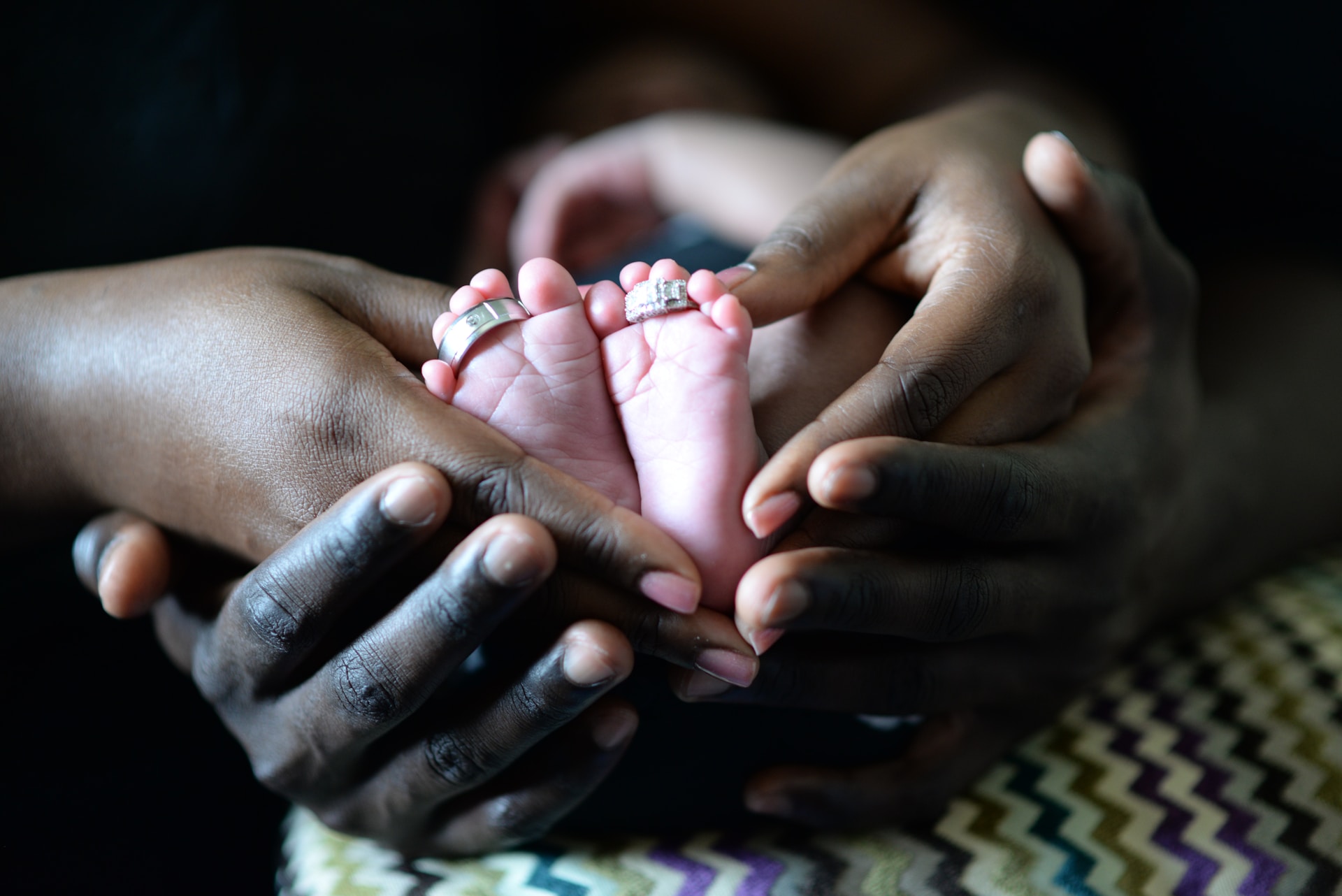
Unfamiliar and sometimes false forms of wellness are the reason why healers serve such a vital purpose to Black communities. Male or female, with the gift of healing, you immediately became a lighthouse for your people. Folk healing became a root, a secure foothold for displaced slaves, and a catalyst behind collaborations between Blacks and Native Americans.
To stay healthy meant to keep the widespread foreign diseases—and abysmal beliefs—at bay. Wielded with power, health and wellness became a crux to Black communities, a way to stay connected—or even better, rooted—to the harrowing, unfamiliar present and the deep, rich past. Like Native Americans, health and wellness existed as gifts bestowed to the next generations.
Our health history runs through our veins in more ways than one. Understanding that history makes it easy to spot how it presents itself in our current day. The aloe plants growing in corners of grandmothers’ living rooms or the elderberry teas boiling on aunties’ stoves are sights, sounds, and smells are history running down the line, reminding us of the healing effects our ancestors provided us. Especially now, when more research surfaces on how we hold cultural and generational traumas in our systems, glimpses of Black wellness offer answers to individual and collective healing, answers also found in the elders who came before us.
Slave healers were called “root doctors” for more reasons than one. They held plant-based medicinal cures as well as knowledge from their ancestors. That passed-down wisdom intertwined with their wellness efforts regardless of attempts to stop that knowledge from spreading throughout the communities. Even when there were attempts to prohibit medicinal healing among slaves, those root doctors persevered in large and small ways. “Knowledge of home remedies prescribed by African healers circulated secretly through the slave quarters and passed down privately from generation to generation,” according to the National Park Service’s African American Heritage & Ethnography.
As time went on, that passage of knowledge never ceased. Whether by hiding seeds in braided hair or defying laws to practice medicine in their country, root doctors molded into the elders we know and love today, still fighting for the wellness of the Black community in ways familiar to us in life and blood.
Although the blaring sirens and EKGs exist for good reason, there’s been a historic imbalance of care in Black communities that has continued long after the end of slavery. Black women dying at disproportionately higher rates during hospital childbirth is only one of many examples of how current Western medicine may not be as equipped to handle the health and wellness of Black and Brown communities. But just because Western medicine sometimes prevails doesn’t mean we’ve given up on defining health and wellness on our terms. Hundreds of years later, in 2025, Black and Brown individuals worldwide are determined to pass along the vibrant versions of health handed down through their histories.
Elders like former actor and Yoga teacher Krishna Kaur remind the Black community that yoga has been a source of physical, mental, and spiritual healing for generations, including during the Black Power movements of the 1960s and ’70s. At the same time, women like Britteny Floyd-Mayo, better known as Trap Yoga Bae, blend the hallmarks of hip-hop into her yoga practices to bring wellness to a larger audience.
This charge for Black health and wellness includes all the caretakers immersed in the current health industry. Average nurses like my Jamaican mother—who works as a physician’s assistant in Miami, Florida—find ways to calm the fear of hospital beds by relating to every woman entering those hospitals who looks like her. Not only does she relate to them, but she also relies on her ancestral health knowledge to aid her hospital patients in ways that are most comfortable for them.
And it doesn’t end there. Today, men and women everywhere are committed to keeping generational Black health and wellness alive. Black doctors are now more prevalent than ever, and organizations like the Brotherhood of Elders Network in California and the Healing Youth Alliance in Baltimore tackle the mental health of the rising Black and Brown generations.
By using social media to their advantage, women like Dr. Vera Singleton and Doctor Bayo bring their extensive health wisdom and advocacy efforts to Black communities worldwide, and it’s not only the doctors doing it. Women like Jen Jones returned to their ancestral roots to find organic alternatives to healing their skin and gut. Immediately after healing herself, she shared her knowledge with the Black community through Instagram.

The future of Black generational wellness seems to be getting brighter. As we grow and better understand the gifts bestowed on us in the past, both current and future generations are emphasizing the importance of healing—not just Western healing, which is known for its temporary fixes. Black healers, farmers, gardeners, doctors, and yogis—old and young—are coming together more than ever before, dead set on helping us collectively heal the traumas of our pasts. Networks of self-made wellness are being built daily, from here in the United States to the soils of Africa, inching us closer each hour to purer, more natural ways of healing.
We have no choice but to promote Black and Brown healing anyway.
Our planet is experiencing monumental climate changes, begging humanity to return to its roots. Black and Brown communities, still living with ears pressed to the dirt, are some of the first to answer Earth’s calling. When the Global Wellness Summit explored wellness industry trends in 2021, one trend they were unable to ignore was the growing diversity of the billion-dollar industry. The importance of Black and Brown health and wealth is propelling into Western medicine, refusing to be extinguished by the arcane rules of the past.
Those seeds once hidden in our braids have taken root in our present day, proving the power of Black history. The root doctors haven’t disappeared; they’ve only molded into you and me, the Black and Brown people hellbent on championing healthier communities. When I open my eyes, regardless of the world’s inequities, I still feel my healing ancestry running through my veins. These days, when I think of health and wellness, I can finally see myself.
The Wrap
